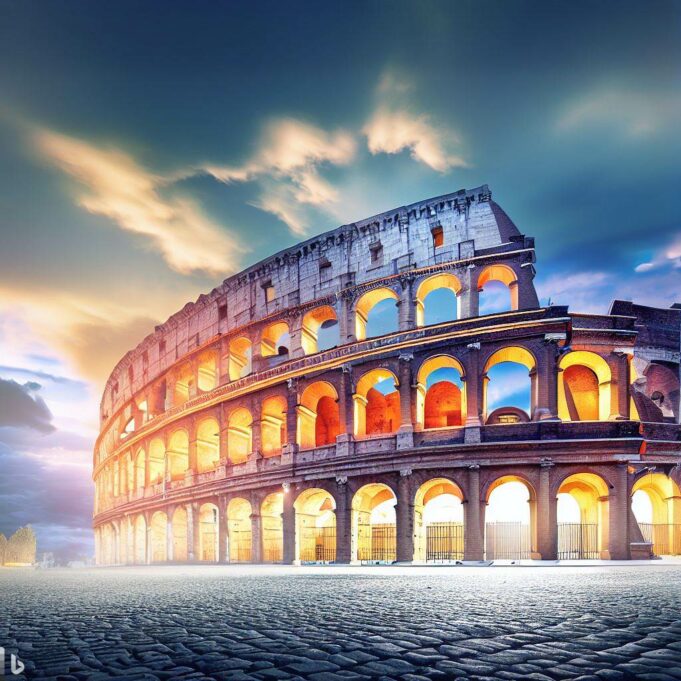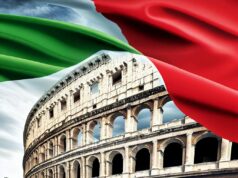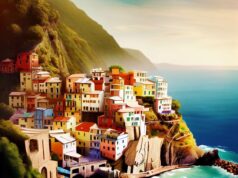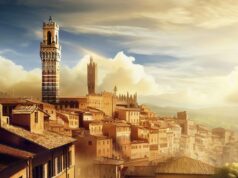Are you planning a trip to Rome, Italy? If so, you’re in for a treat! Rome is one of the most beautiful and historic cities in the world, and there’s so much to see and do there. In this post, I’ll share with you my detailed guide to Rome, Italy, based on my own experience of visiting this amazing place. Whether you’re interested in art, culture, history, food, or shopping, Rome has something for everyone. Here are some of the highlights of my trip and some tips on how to make the most of your time in Rome.
Day 1: Explore the Colosseum and the Roman Forum
The Colosseum is probably the most iconic symbol of Rome, and it’s a must-see for any visitor. This ancient amphitheater was built in the first century AD and could hold up to 80,000 spectators who watched gladiator fights, animal hunts, and other spectacles. The Colosseum is impressive both from the outside and the inside, and you can learn a lot about its history and architecture from the audio guide or a guided tour. You can also visit the underground area where the gladiators and animals were kept before the shows.
Next to the Colosseum is the Roman Forum, which was the center of political, religious, and social life in ancient Rome. Here you can see the ruins of temples, basilicas, arches, and monuments that tell the story of Rome’s glory and decline. You can also climb up to the Palatine Hill, where the emperors lived in lavish palaces overlooking the city. The views from here are stunning, especially at sunset.
Tip: Buy your tickets online in advance to skip the long lines at the entrance. You can also buy a combined ticket that includes access to the Colosseum, the Roman Forum, and the Palatine Hill.
Day 2: Visit the Vatican City and St. Peter’s Basilica
The Vatican City is the smallest country in the world and the seat of the Catholic Church. It’s also home to some of the most famous artworks and museums in the world, such as the Sistine Chapel, where you can admire Michelangelo’s masterpiece on the ceiling. The Vatican Museums are huge and contain thousands of paintings, sculptures, tapestries, and other treasures from different periods and cultures. You can spend hours wandering through the galleries and marveling at the beauty and diversity of human creativity.
After visiting the museums, head to St. Peter’s Basilica, which is the largest and most magnificent church in Christendom. The basilica was built on the site where St. Peter, one of Jesus’ apostles, was buried. It’s a masterpiece of Renaissance architecture and art, with a dome designed by Michelangelo and a stunning interior decorated with mosaics, statues, and paintings. You can also climb up to the dome for a panoramic view of Rome and the Vatican.
Tip: Book your tickets online in advance to avoid the long queues at the entrance. You can also book a guided tour that will take you through the highlights of the museums and the basilica.
Day 3: Wander around Trastevere and Campo de’ Fiori
Trastevere is one of my favorite neighborhoods in Rome. It’s a charming area with narrow cobblestone streets, colorful buildings, and lively squares. It’s also known for its nightlife, with many bars, restaurants, and pubs where you can enjoy a drink or a meal with locals and tourists alike. Trastevere has a bohemian vibe and a lot of character, and it’s a great place to experience the authentic Roman atmosphere.
Campo de’ Fiori is another popular spot in Rome, especially in the morning when it hosts a bustling market with fresh produce, flowers, spices, and souvenirs. You can find some delicious snacks here, such as pizza al taglio (pizza by the slice), supplì (fried rice balls with cheese), or cannoli (crispy pastry tubes filled with ricotta cream). In the evening, Campo de’ Fiori becomes a lively hangout for young people who gather around the statue of Giordano Bruno, a philosopher who was burned at
the stake here for heresy in 1600.
Tip: Try some of the local specialties in Trastevere or Campo de’ Fiori, such as carbonara (pasta with eggs, cheese, and bacon), cacio e pepe (pasta with cheese and pepper), or saltimbocca (veal with ham and sage).
Day 4: Discover Piazza Navona and Trevi Fountain
Piazza Navona is one of the most beautiful squares in Rome. It was built on the site of an ancient stadium where chariot races were held. Today it’s a lively place with street artists,
musicians, vendors, and tourists who admire the three magnificent fountains that adorn the square. The most famous one is the Fountain of the Four Rivers, designed by Bernini and representing the four major rivers of the world: the Nile, the Ganges, the Danube, and the Rio de la Plata.
Trevi Fountain is another iconic landmark in Rome. It’s the largest and most spectacular fountain in the city, and it’s also a popular spot for making a wish. According to legend, if you throw a coin into the fountain over your shoulder, you will return to Rome someday. The fountain is also a masterpiece of Baroque art, with a statue of Oceanus, the god of the sea, riding a chariot pulled by seahorses and surrounded by tritons and nymphs.
Tip: Visit Piazza Navona and Trevi Fountain early in the morning or late at night to avoid the crowds and enjoy their beauty in peace.







